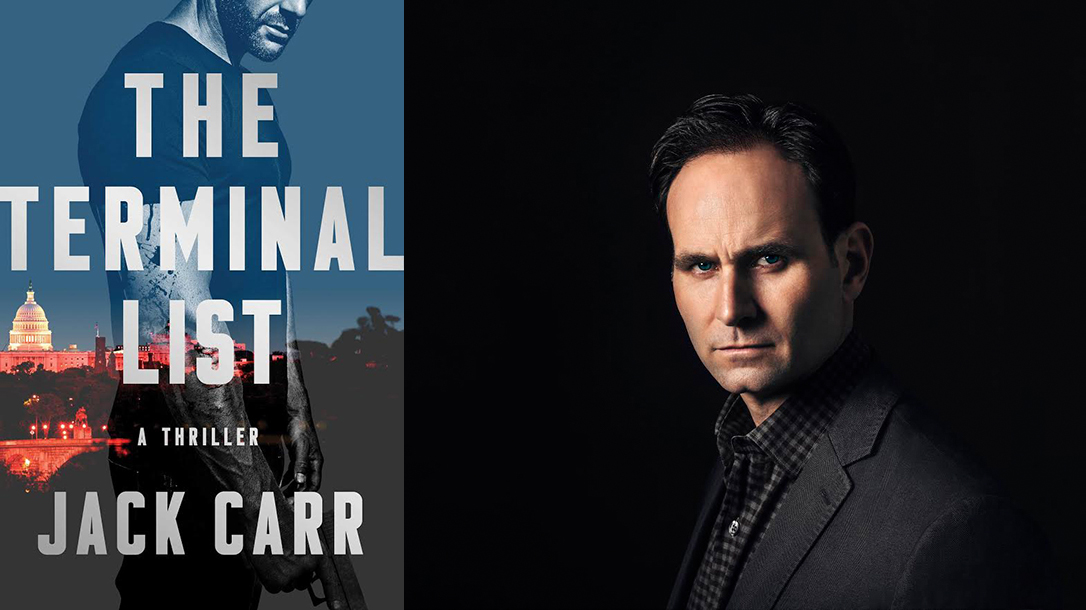March 17, 2018

Smoking fire consumes the Branch Davidian Compound during the FBI assault to end the 51-day standoff with cult leader David Koresh and his followers. Greg Smith/Corbis via Getty
This year marks the 25th anniversary of the Waco atrocity, the bloodiest and most expensive law enforcement operation in the history of the United States. The gun battle, siege, and lethal fire have already been the subject of three commemorative documentaries and docudramas on the subject, with more to come. The sad fact is that the documentaries to date contain major errors. I know this because I spent three years in Freedom of Information Act lawsuits in a quest for the truth.
The 1993 operation was begun by the then-Bureau of Alcohol, Tobacco, and Firearms (ATF) and directed at a religious group sometimes called the Branch Davidians, led by David Koresh. The basis for the raid was flimsy evidence that the Davidians possessed unregistered machine guns. On February 28, eighty agents, backed by three borrowed military helicopters, tried to storm the Branch Davidian center near Waco, Texas. Shooting broke out that left four agents and six Davidians dead and led to a 51-day siege. The siege in turn ended with a fire that killed more than 80 additional people.
There were, of course, official investigations and congressional hearings. The documentary films released to date largely parallel the government's "official line" voiced during these. David Koresh was a government-hating fire-eater, he could not be arrested peacefully, and the fanatic Davidians raked the approaching agents with machine-gun fire.
The FOIA lawsuit turned up evidence contradicting all of this. Just to take three major points:
The official explanation for why the ATF did not peacefully arrest David Koresh was that he was a paranoid recluse who never left the Davidian building; a sudden, forceful, raid was the only way to root him out. The ATF had installed undercover agents in a house across the street from the Davidians, but they weren't sure what Koresh looked like and never saw him leave.
This explanation was a complete fabrication. An ATF "Report of Investigation," filed by the undercover agents in the nearby house, reports how they spent February 19, nine days before the raid.
They had gone shooting.
With David Koresh.
At the outset, the agents had all the guns (until they loaned Koresh a pistol – he was, after all, providing them with ammunition). The report was approved all the way up to the special agent in charge, who would command the raid. ATF management knew that a peaceful arrest would have been easy to arrange – if they wanted it that way.
ATF management did not. At this point, it was a beleaguered agency, wracked by scandals, with a new administration promising to "reinvent government" by doing away with small, inefficient agencies. The beginning of the ATF's appropriation cycle was under two weeks away. ATF management desperately needed lots of good publicity, the type that a dramatic raid would generate and a quiet arrest would not.
Second, the official position was that the Davidians had deluged the approaching ATF with machine-gun fire. At the surviving Davidians' criminal trial, agents testified to being fired at from multiple positions that employed six different types of machine guns, and as a result, five Davidians received long sentences for illegal use of machine guns.
This, too, was a fabrication. The FOIA lawsuit forced release of an ATF audiotape that picked up sounds of the gunfight. Only one burst of automatic fire is heard, followed by a radioed message to ATF snipers to shoot, followed by ATF cheers of "Yes! Yes! We got the machine gun!" There had been only one machine gun, and its user was quickly killed; he could not have been among the five Davidian survivors who received 40-year sentences for use of machine guns.
Third, the official position was that when the Davidian residence was consumed by fire, FBI did all it could to rescue those inside. Regrettably, it couldn't let fire engines approach for fear that the fanatical Davidians would shoot the firemen.
Here the infrared videotapes, made by an FBI aircraft circling the scene, are revealing. The tapes' soundtrack revealed radio traffic between the two highest-ranking FBI supervisors during the fire. The one at the scene is shouting, in increasing frustration, for the fire engines to be let through. "If you have any fire engines, get them out here right now!" "I want the fire engines up here at the scene!"
His superior, who was detaining the fire engines at a checkpoint a mile away, responds with stony silence; four minutes pass. Then the superior asks, "Our people focused on the school bus area for the kids – is that what we're doing?" "That's what we're trying to do" is the reply.
The superior responds coldly, "No one else, I hope." His tone suggests that he saw the Davidians as cop-killers who were getting what they deserved. At that, the fire engines were held up for four more minutes, by which time the blazing building had collapsed. Twenty-four children and fifty men and women had died in the flames.
All this evidence has been available, largely on the internet, for over a decade. We are left to hope that some journalist or documentarian will pick up the ball.
David T. Hardy is an attorney and a New York Times bestselling author. He devotes a chapter to Waco in his recent book, I'm from the Government, and I'm Here to Kill You. The audio and video mentioned in this article can be found at www.fromthegovernment.com.



